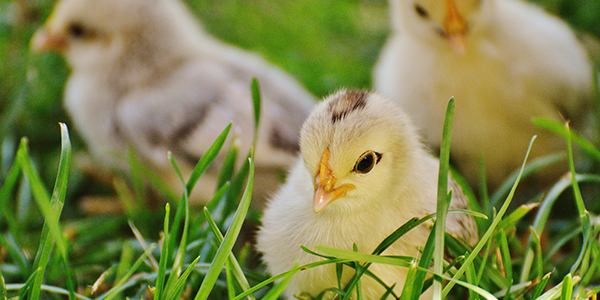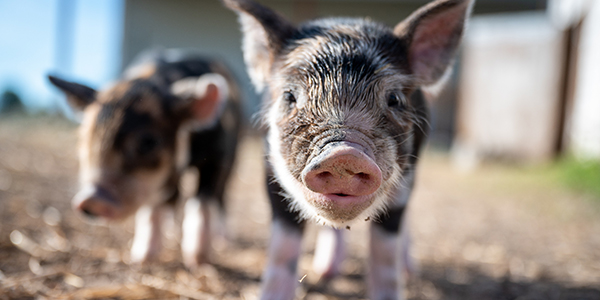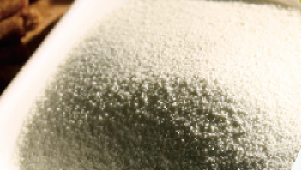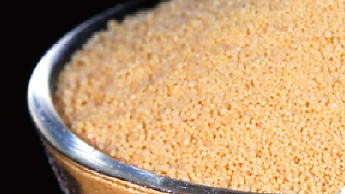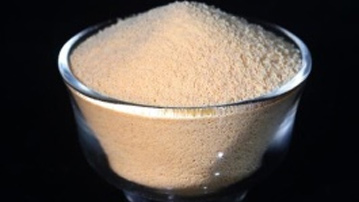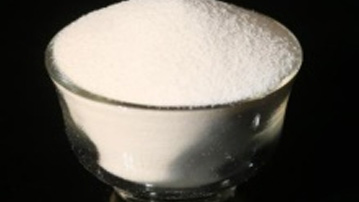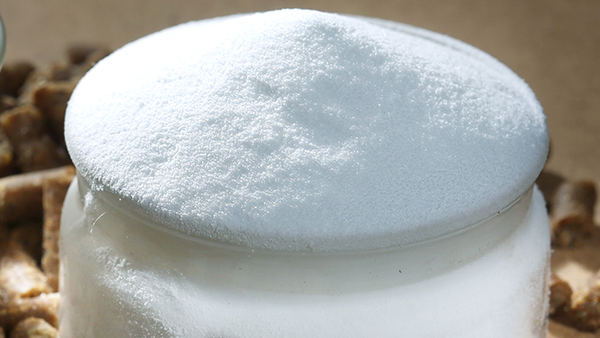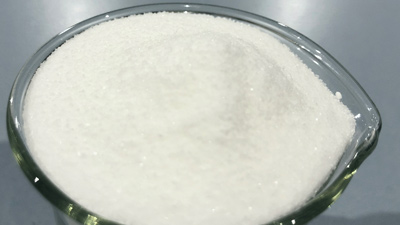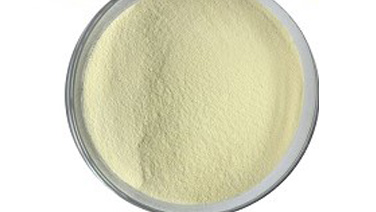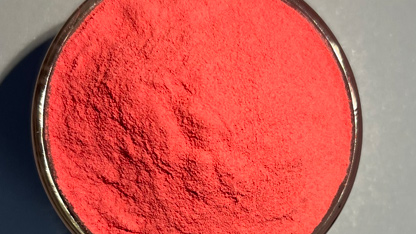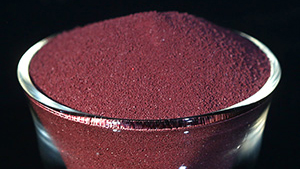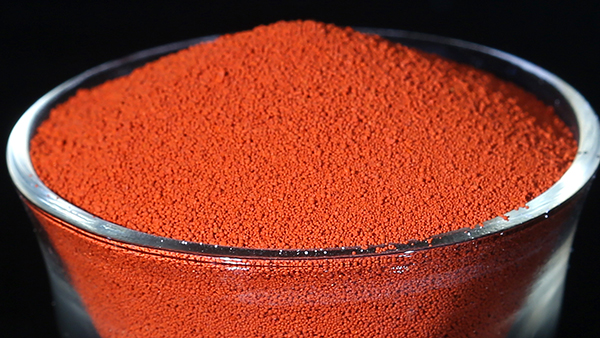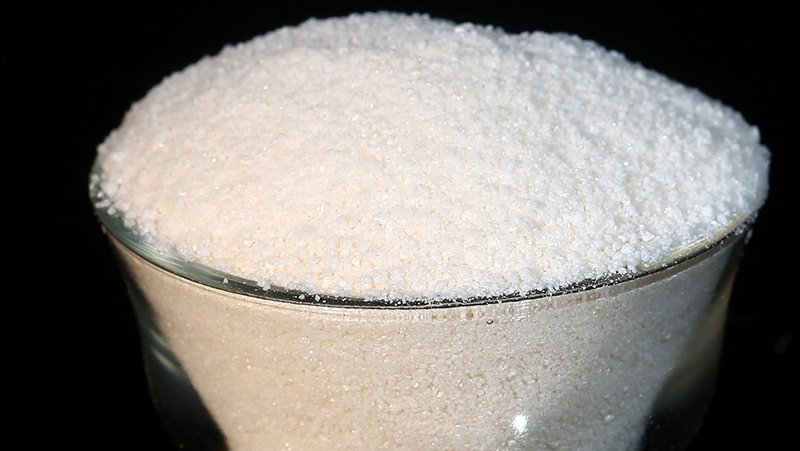-
No more lameness
Hoof health is our prior task. Lameness results in suffering of cows, which brings about less eating and lower productivity. Incomes of farm will also be influenced. Lameness is also one of the main reasons cows are culled when they are still calves. Some vitamins are important for hoof strength and feeding vitamin to cows has been proven to be effective. Vitamins can lower the incidence of hoof diseases, such as line disease, sole ulcers and sand cracks. Biotin is capable of strengthening the hoof horn, increasing horn hardness, which can reduce lameness and collateral damages. Biotin can be used as an individual additive or a part of the feeding plan. Using mixed vitamins can bring benefits, you can combine biotin with vitamin E and β-carotene to suit your needs.
-
Fight against mastitis
Every year, udder infections cause the lowering of dairy sector's productivity and the falling of milk revenue. Damages to the dairy industry are caused due to additional treatment costs and rising early culls. Vitamin E additive is a great tool to help building strong immune system and to lower the infection rate of mastitis. It has been proven that vitamin E can reduce the intramammary infection rates of calving, shorten the infection duration of cows infected with mastitis, and reduce the number of herd somatic cell counts.
-
Better calf benefits
Calves are important income source. Therefore, farmers aim to produce strong and vigorous calves that grow quickly. Diarrhea and digestion disorders are the main reasons why calves die, while β-carotene in cow colostrum can lower the risks of calves having diarrhea. Therefore, adding β-carotene to the cow's diets can help them grow stronger. -
Longer life and better fertility
Better reproductive performance and longer life means an increase of productivity. This is beneficial to agricultural income the environment. β-carotene influences the estrus cycle of cows, which facilitates the reproductivity and reduces embryo mortality. This also lessens the calving intervals, indicating lesser non-reproductive cows are culled. These two factors are both beneficial to the farmers' income.




